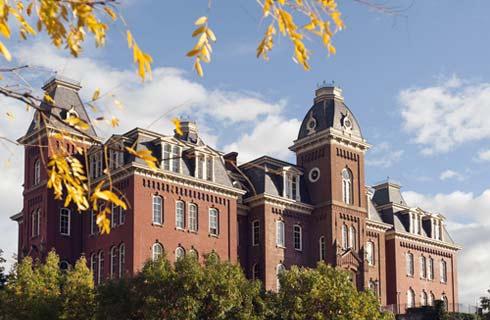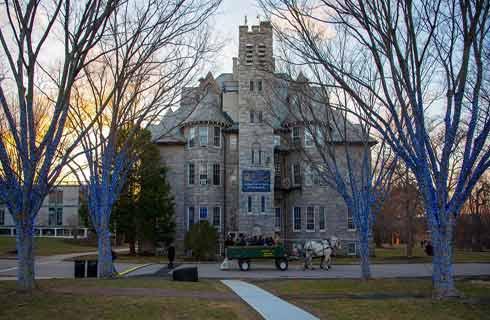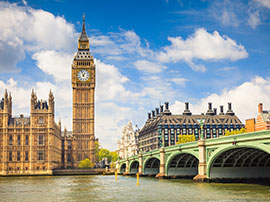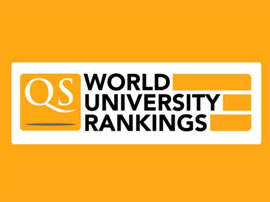国际学生入学条件
To be eligible, an applicant must hold or expect to hold prior to matriculation a bachelor’s degree from a regionally accredited U.S. college or university, or an equivalent degree from a recognized non-U.S. institution of higher education.
A GPA of 3.0 or better in the last four semesters or approximately 60 semester credits (or the equivalent in quarter credits) of work as an undergraduate;
All international applicants are required to submit one transcript or academic record from each institution of higher education attended, including any study abroad or exchange programs, summer programs, and non-degree work and extension programs. Applicants may submit unofficial copies of transcripts while applying for admission. However, admitted students are required to submit official transcripts in order to enroll at UHM. Official transcripts or academic records must be sent to Graduate Division Student Services directly from the issuing institution(s), or in sealed institutional envelopes if submitted with the application.
Applicants are required to submit one transcript from each post-secondary institution attended, including any study abroad or exchange programs, summer programs, and non-degree work and extension programs. Applicants may submit unofficial copies of transcripts while applying for admission. However, admitted students are required to submit official transcripts in order to enroll at UHM.
TOEFL iBT - Minimum score 61 TOEFL iBT
IELTS- Minimum score is 6.00 for the IELTS Academic overall band test results.
展开
IDP—雅思考试联合主办方

雅思考试总分
6.0
了解更多
雅思考试指南
- 雅思总分:6
- 托福网考总分:61
- 托福笔试总分:160
- 其他语言考试:NA
CRICOS代码:
申请截止日期: 请与IDP顾问联系以获取详细信息。
课程简介
Historic preservation is a dynamic and evolving field, focusing on the care and management of the built environment and the protection of cultural heritage, in the widest sense. Now strongly tied to local, state and federal laws, historic preservation as both a field of inquiry and as a profession has matured considerably since the beginnings of interest in preserving aspects of history and culture first took root during the middle part of the 19th century. Historic preservationists today work in city, state and county agencies, for the federal government, in museums and non-profit organizations and in private planning, architecture and resource management firms. Increasingly, preservationists are involved in education, both at the K-12 level and in colleges and universities. There are currently over sixty institutions of higher learning in the U.S. offering degrees or other courses or training in historic preservation.
展开







 预科
预科 奖学金
奖学金 实习机会
实习机会 在校学习
在校学习 跨境学习
跨境学习 校园授课-线上开始
校园授课-线上开始 在线/远程学习
在线/远程学习













 西蒙菲莎大学
西蒙菲莎大学

 克莱姆森大学
克莱姆森大学

 普瑞特艺术学院
普瑞特艺术学院

 佐治亚州立大学
佐治亚州立大学

 马里兰大学帕克分校
马里兰大学帕克分校

 鲍尔州立大学位
鲍尔州立大学位


























